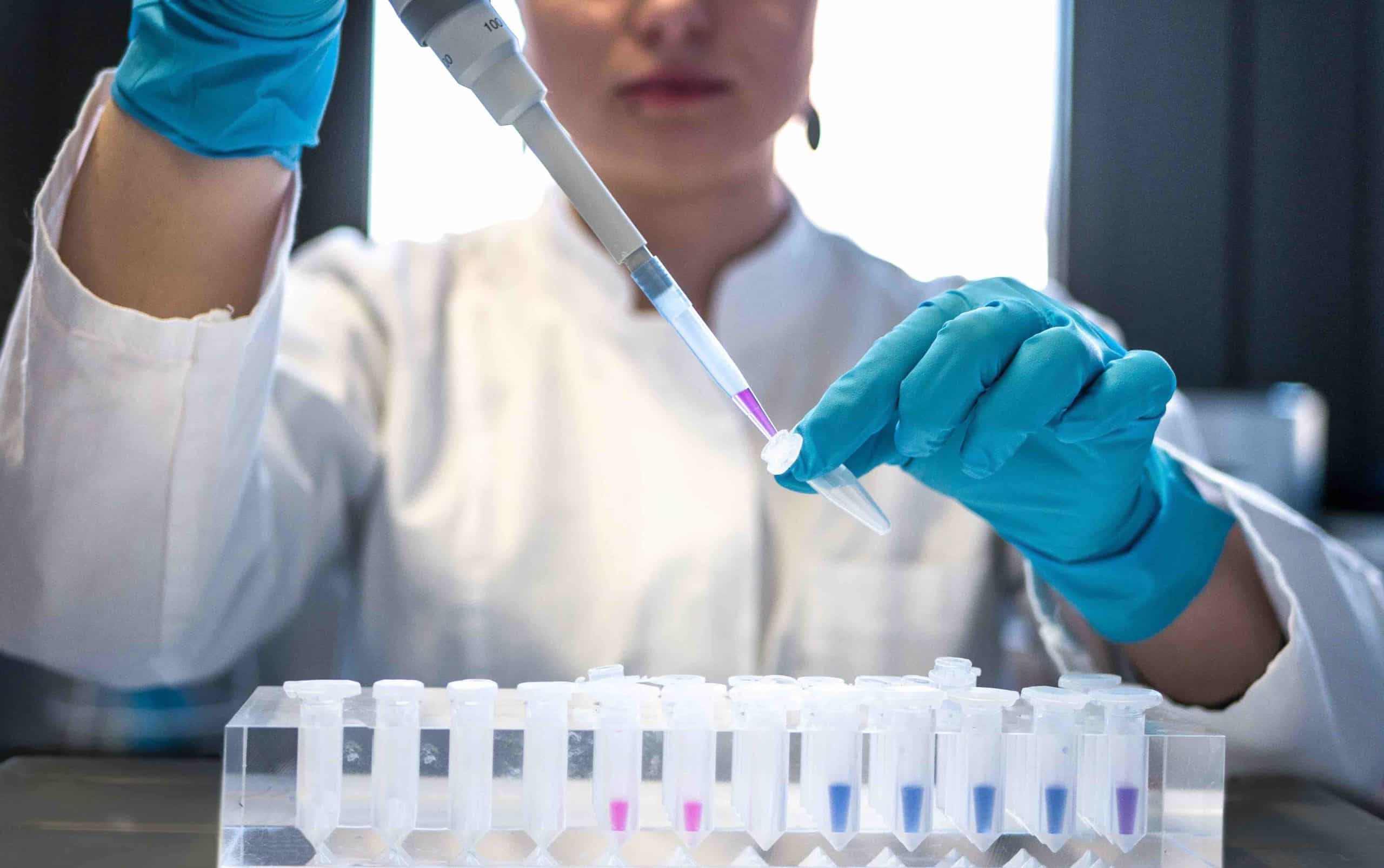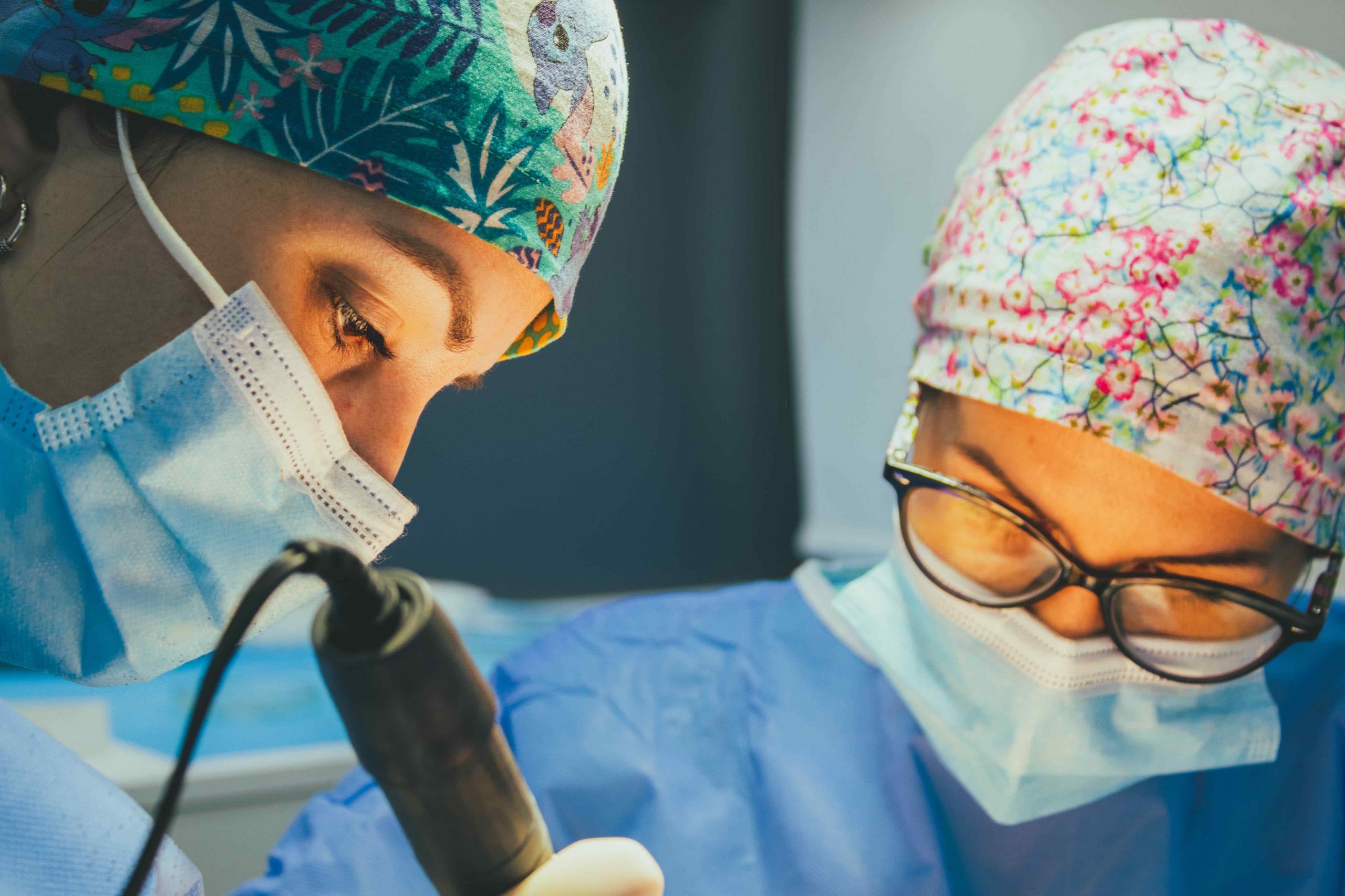
When alopecia has already advanced enough and leaves areas without hair, hair transplant is, today, the only method by which to recover that lost hair. Nevertheless, Not all patients are suitable to undergo this type of intervention, and this occurs more frequently in those cases in which the alopecia is already excessively advanced. In this context, could capillary cloning in a capillary graft be presented as a possible complementary technique for this type of case? What does hair cloning really consist of?
At blog de Hospital Capilar, an expert clinic in hair grafting in Madrid, Murcia and Pontevedra, we tell you everything you need to know about this method, still in trials, that could change the panorama of hair surgeries.
It is a method by which stem cells are extracted from the patient, since they are a type of cell with the ability to create new ones. Thanks to this, it would be possible to clone hair follicles generating new ones in vitro.
The objective of capillary cloning in a capillary graft is to be able to proceed to implant the necessary follicles to cover the area affected by the alopecia without the need to extract hundreds of follicular units from the donor zone. In this way, those patients with a low-quality donor area could be suitable to undergo a hair transplant.
Notably this method has not yet been approved and is still in the experimental phase, but in the first instance the capillary cloning process would consist of the following.
The basis of capillary cloning in a capillary graft lies in the extraction of the patient's stem cells. To do this, a small biopsy is performed in an area of the scalp where the patient has good quality hair.
After the biopsy, the culture is transported to a laboratory where it will be kept in optimal conditions so that other quality hair follicles are generated.
Once the process of cultivating the follicular units is finished, the patient should go to the clinic again to proceed with the capillary graft. The usual extraction phase according to FUE technique It would not be carried out, since the follicles to be implanted would be those created from the patient's stem cells. Therefore, the new follicles would only be implanted in the receiving area of the patient.
Once this still hypothetical intervention was finished, the hair implant postoperative in which the person must strictly comply with medical recommendations to avoid possible complications and obtain good aesthetic results.

Capillary cloning in a capillary graft would be a true revolution in the field of capillary surgeries. It would change the way of diagnosing and carrying out interventions, thus obtaining multiple advantages from this innovative technique.
The main advantage of capillary cloning in a capillary graft is the viability of the implant itself in unsuitable patients for reasons of scarcity of donor area. That is, those patients whose degree of alopecia is very high, they could, at first, undergo a hair transplant.
In addition, there would be no limitations regarding the number of follicular units to be extracted. Today the expert doctors in hair surgeries They exhaustively calculate the number of follicles to be extracted, since otherwise they could really damage the donor area. However, with capillary cloning this would not be a problem since the extraction of hundreds of healthy follicles would not be necessary.
Another point in favor of capillary cloning is the reduction in surgery time. Currently hair transplants last between 7 and 8 hours, while with this future method it would be considerably reduced in time.
Although more studies are still needed to support it, capillary cloning is expected to be compatible in patients with scarring alopecia. Currently, with scar tissue, a capillary implant is not viable since the survival of the follicles is not guaranteed.
As we mentioned earlier, capillary cloning is still being tested, so in the short term it will not be possible to incorporate this innovative method into hair surgeries. It is estimated that in 10 years it can be applied to people but, as we have mentioned, it is an estimate.
The trials that have been carried out have been successful, but to date it has not been tested in humans. However, hair cloning will undoubtedly be a revolution in the hair sector.

Hair grafting is one of the most demanded aesthetic interventions today. In Hospital Capilar We will solve all the doubts you have about this hair surgery, and you will be able to receive your medical diagnosis for free. Take the step and put yourself in the best hands!
Sanitary Reg. No. Pontevedra: C-36-003121 Sanitary Reg. No. Madrid: C517593 Sanitary Reg. No. Murcia: 30800014


Copyright © 2021 - Legal Notice and Privacy Policy - Cookies policy